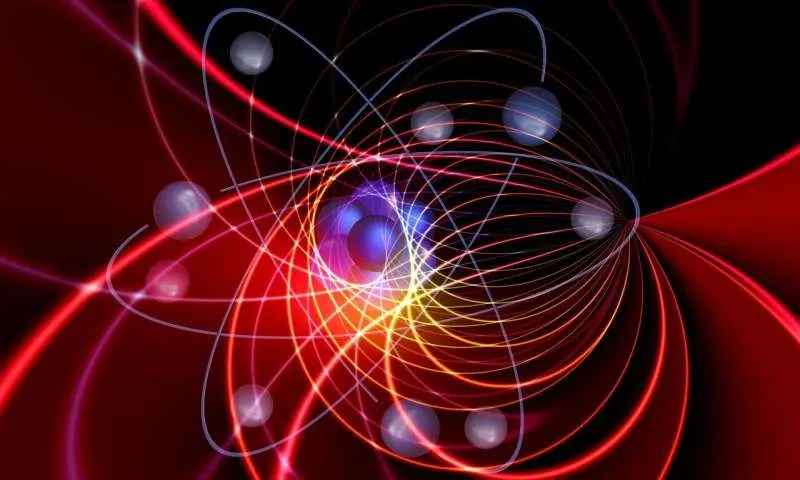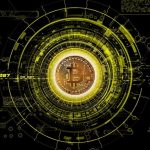Researchers investigate quantum network solutions, by ground and by air

(Phys.org) In an invited session at the American Physical Society’s March Meeting, two Chicago Quantum Exchange physicists took different approaches to address an obstacle central to the implementation of large-scale ground-based quantum networks. IQT-News Summarizes the discussion below.
–Liang Jiang, professor at the University of Chicago, focused on the most widely pursued solution: a quantum repeater. Quantum repeaters would be placed between nodes in a network to regenerate the quantum signal so it could travel longer distances. No one has yet demonstrated a successful quantum repeater, though “there is significant progress in this direction,” according to Jiang.
Besides regenerating the signal, quantum repeaters could also prevent data loss over long distances through error correction. Error correction codes are commonplace in classical networks, such as Bluetooth and WiFi, where they control the errors that naturally happen in data as a signal carries it from one device to another.
But quantum systems are extremely prone to errors because of the sensitive nature of their quantum states, so error correction is a large and important area of study in the field of quantum technology.
“There are two important questions to ask, from the theory perspective,” Jiang said. “First, what is the maximum amount of quantum information that can be transmitted over a noisy fiber channel? Second, suppose we know that limit. Can we achieve it with good quantum error-correcting code design?”
In addition to strategies for quantum error correction in quantum repeaters, as well as their predicted efficiencies, Jiang shared another application of quantum networks: quantum data centers (QDCs), where users on a quantum network can access a classical database for the purposes of quantum computing. The device necessary to retrieve classical data from a database as quantum bits, called a quantum random access memory (QRAM), would likely be extremely expensive, but Jiang sees QDCs as a solution.
–Paul Kwiat, Bardeen Professor of Physics at the University of Illinois Urbana-Champaign, prefers a solution to the problem of fiber optic signal loss could be to take the quantum network off the ground and into the air, via drones, or even into space, with satellites.
“At the moment we pretty much only have local fiber networks, with very few exceptions,” Kwiat said. “And I have this vision of what we’d like to move to—a situation that’s much more heterogeneous, where we have connections between all sorts of platforms… using satellites, connecting to airborne vehicles, drones, trucks, or boats.” He noted that signal loss is much slower through free space than it is through optical fibers, which means that a quantum signal can be transmitted a longer distance.
There are many advantages to such a “mobile” quantum network, where the nodes are easy to reposition. Some are scientific, such as conducting large-scale quantum sensing or studying quantum phenomena in different inertial frames to test the relationship between quantum mechanics and relativity. Some are more practical: using airborne vehicles as nodes for quantum communication where fiber connections are not an option, such as on naval ships on the ocean.
A quantum network between satellites in space would allow for even more tests of fundamental quantum mechanics, with greater distances and velocities than are possible on earth, and over regions with changing gravitational effects.
Sandra K. Helsel, Ph.D. has been researching and reporting on frontier technologies since 1990. She has her Ph.D. from the University of Arizona.



















